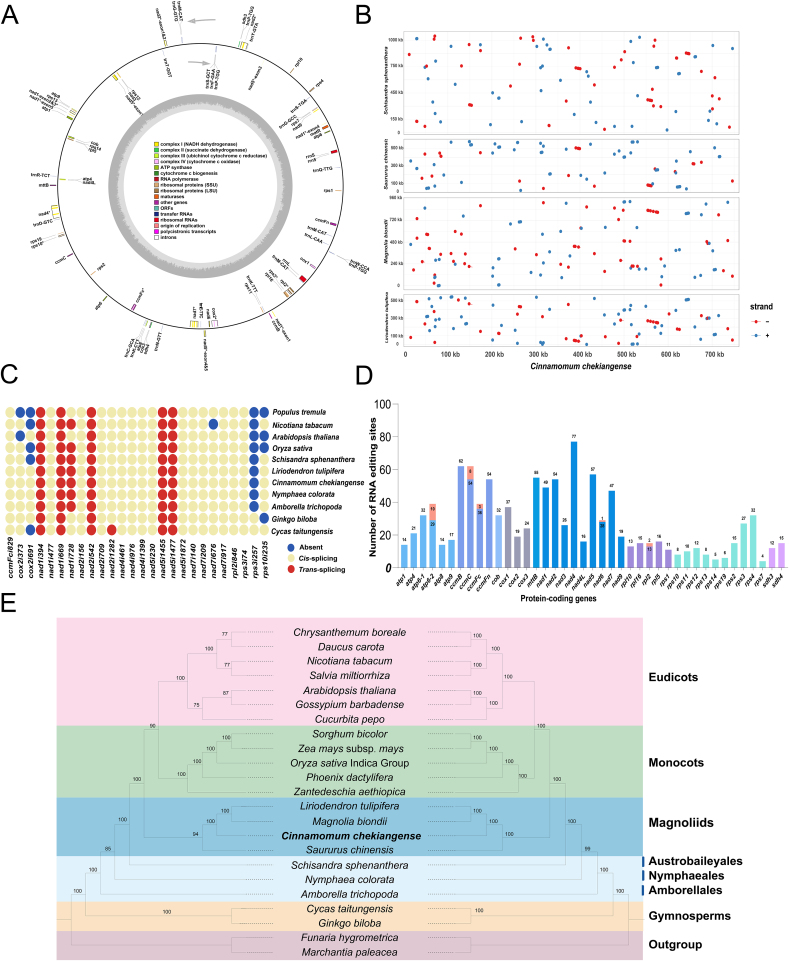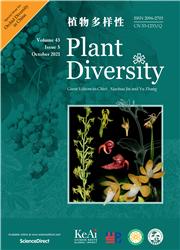The first mitogenome of Lauraceae (Cinnamomum chekiangense).
IF 6.3
1区 生物学
Q1 PLANT SCIENCES
引用次数: 0
Abstract
•The first reported mitochondrial genome (Cinnamomum chekiangense) of the Lauraceae family.•The mitogenome of C. chekiangense retains almost all of the ancestral protein-coding genes and has the highest RNA editing number in angiosperms.•Both of the plastid and mitochondrial phylogenetic trees support the magnoliids as a sister group of monocots and eudicots.


月桂科(Cinnamomum chekiangense)的第一个有丝分裂基因组。
-C.chekiangense的有丝分裂基因组保留了几乎所有的祖先蛋白质编码基因,并具有被子植物中最高的RNA编辑数。
本文章由计算机程序翻译,如有差异,请以英文原文为准。
求助全文
约1分钟内获得全文
求助全文
来源期刊

Plant Diversity
Agricultural and Biological Sciences-Ecology, Evolution, Behavior and Systematics
CiteScore
8.30
自引率
6.20%
发文量
1863
审稿时长
35 days
期刊介绍:
Plant Diversity (formerly Plant Diversity and Resources) is an international plant science journal that publishes substantial original research and review papers that
advance our understanding of the past and current distribution of plants,
contribute to the development of more phylogenetically accurate taxonomic classifications,
present new findings on or insights into evolutionary processes and mechanisms that are of interest to the community of plant systematic and evolutionary biologists.
While the focus of the journal is on biodiversity, ecology and evolution of East Asian flora, it is not limited to these topics. Applied evolutionary issues, such as climate change and conservation biology, are welcome, especially if they address conceptual problems. Theoretical papers are equally welcome. Preference is given to concise, clearly written papers focusing on precisely framed questions or hypotheses. Papers that are purely descriptive have a low chance of acceptance.
Fields covered by the journal include:
plant systematics and taxonomy-
evolutionary developmental biology-
reproductive biology-
phylo- and biogeography-
evolutionary ecology-
population biology-
conservation biology-
palaeobotany-
molecular evolution-
comparative and evolutionary genomics-
physiology-
biochemistry
 求助内容:
求助内容: 应助结果提醒方式:
应助结果提醒方式:


